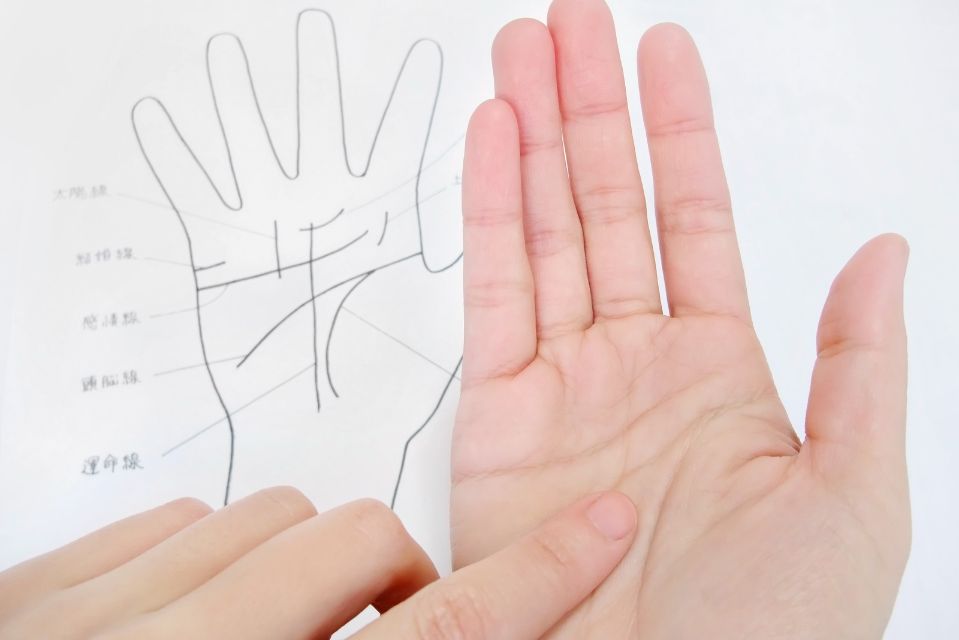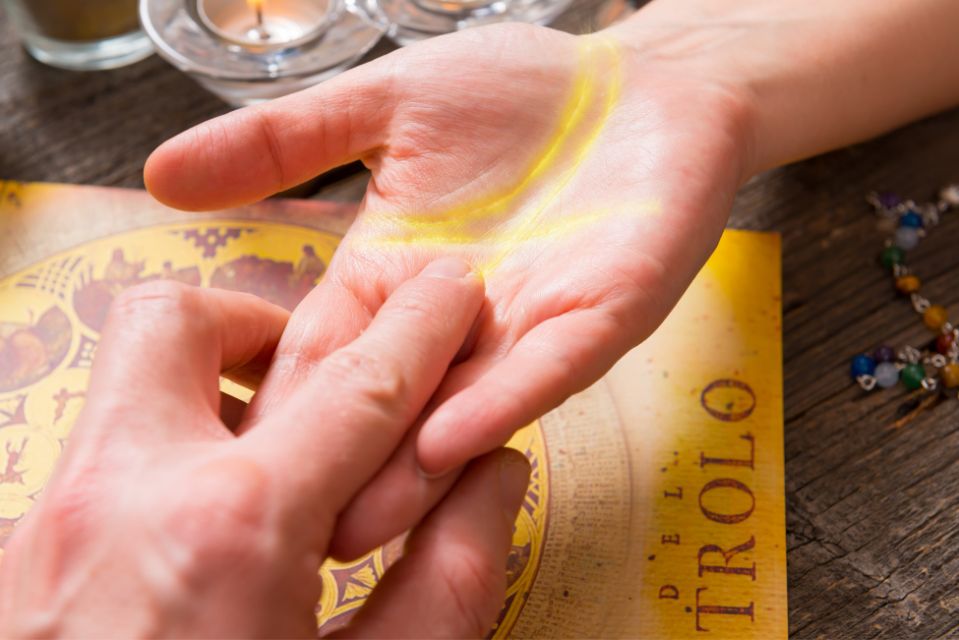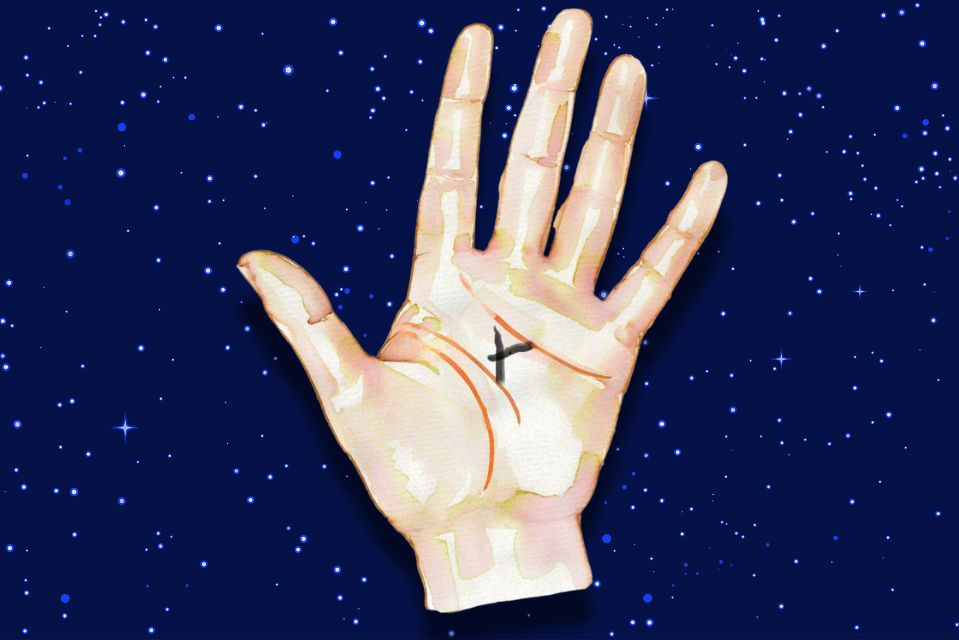Discover Your Palm Reading Today
Palm reading, also known as palmistry or chiromancy, is an ancient practice that dates back thousands of years. It involves the interpretation of the lines and features on a person's palms to gain insight into their character, life path, and future. This mystical art is rooted in various cultures, including Indian, Chinese, Egyptian, and Greek traditions, each contributing to the rich tapestry of palmistry.
The practice primarily focuses on three major lines: the heart line, the head line, and the life line. The heart line, which runs horizontally across the top of the palm, is believed to reflect matters of the heart, emotions, and relationships. A deep, unbroken heart line might indicate a person with strong emotional stability, while a fragmented or curved line could suggest emotional complexity or turmoil.
The head line, situated below the heart line, represents intellect and reasoning abilities. A long, clear head line is often associated with a logical and analytical mind, while a short or faint line might indicate a preference for physical activity over intellectual pursuits. Some palms feature a line that branches from the head line, suggesting a person with a creative and flexible mind.
The life line, curving around the base of the thumb, is often misunderstood as a predictor of lifespan. Instead, it speaks to the person's vitality and life experiences. A long, deep life line is typically seen as a sign of a robust and energetic individual, while a shorter or fragmented line might indicate periods of health challenges or significant life changes.
Beyond these primary lines, palmistry also examines secondary lines and mounts—the raised areas of the palm associated with different planetary influences. For example, the mount of Venus, located at the base of the thumb, relates to love and passion, while the mount of Jupiter, found beneath the index finger, signifies ambition and leadership qualities.
While palm reading is considered a pseudoscience by skeptics, many find comfort and guidance in its interpretations. Whether approached with belief or curiosity, palmistry offers a fascinating glimpse into the age-old human desire to understand ourselves and our destinies.






